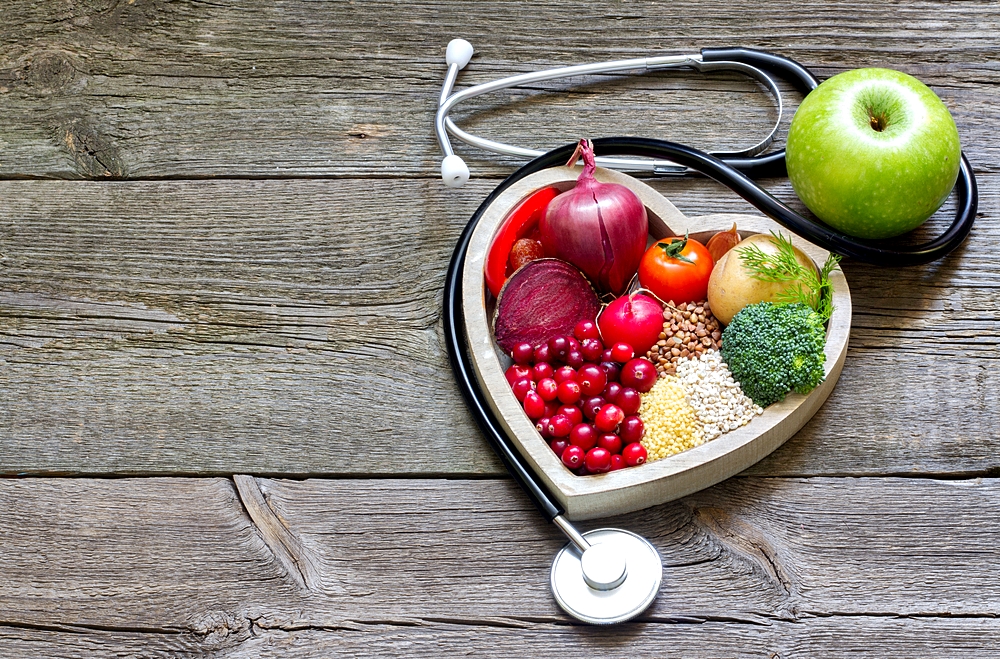The high level of cholesterol that must be present in the blood in order for the body to fulfill all its functions can cause negative consequences for heart health. While malnutrition and inactivity raise the LDL called “bad cholesterol”; A healthy lifestyle lowers this value and raises HDL, which is called “good cholesterol”, to the desired levels.
Cholesterol is essential for every cell in the body, and many hormones contain cholesterol. However, this does not mean that high cholesterol is beneficial. In other words, cholesterol above the sufficient level harms the body. Two values regarding cholesterol stand out in blood tests. These are called HDL and LDL. Known as good cholesterol, HDL collects cholesterol in the tissues and allows it to be expelled. LDL, known as bad cholesterol, carries cholesterol to tissues and causes accumulation in the walls of the arteries. For this reason, it is not enough to normalize bad cholesterol. Good cholesterol also needs to be increased. It is necessary to control not only bad cholesterol, but also good cholesterol.
Cholesterol can be quiet
Bad cholesterol is a condition that usually progresses quietly. In almost any patient, high cholesterol levels cannot be detected only by examination. Some of the symptoms that may occur when bad cholesterol is too high can be listed as follows:
- Yellow oil glands on the eyelids, hands, and tendons
- Weakness, tiredness
- Numbness in feet and legs
- Late healing of wounds
- Spots on the skin
- Bruising in some parts of the body
- Pale appearance of the skin
These symptoms are rare cases. Diagnosis of high cholesterol can usually be made by routine blood tests.
Women have more advantage
One of the questions about cholesterol is what its values should be. The threshold value for bad cholesterol was 130 mg / dl in the past years, but today it is possible to say that bad cholesterol above 100 mg / dl is not ideal. However, the results of such tests can be called “continuous-variable”. In other words, 170 mg / dl bad cholesterol is considered better than 200 mg / dl, and 100 mg / dl better than 130 mg / dl. The lower the bad cholesterol value in terms of heart attack and stroke risk, the better the situation. The same is true for good cholesterol. Good cholesterol also has a lower limit. It should be over 55 mg / dl for women and 45 mg / dl for men. Women are seen as a little more advantageous in terms of good cholesterol. For a man, 30 mg / dl is worse than 50 mg / dl, 50 mg / dl is worse than 70 mg / dl. Generally, the upper limit of bad cholesterol is 100 mg / dl; The lower limit for good cholesterol can be 45 mg / dl in men and 55 mg / dl in women. However, if the patient has arteriosclerosis and has had a heart attack, the bad cholesterol should be below 70 mg / dl. Having good cholesterol below six limits can also cause serious problems.
Cholesterol can set the stage for a heart attack
High cholesterol can cause dangerous cholesterol and other deposits in the walls of the arteries (atherosclerosis). The deposits (plaques) here can reduce blood flow through the arteries, causing chest pain, heart attack, and stroke. High cholesterol level; It is one of the risk factors for heart disease, stroke, and peripheral artery disease.
Excess weight raises cholesterol
The reasons for the increase in cholesterol are among the frequently asked questions. This situation can be explained as follows. The liver is an organ that produces cholesterol. However, cholesterol is also taken from food. If a person consumes too much unhealthy, high-fat foods, it causes his cholesterol to rise. In addition, being overweight, not exercising but living still can also increase cholesterol levels. High LDL in the blood is a risk for the patient and is a risk factor for cardiovascular diseases. Low HDL is also a risky situation. Because patients with this risk are more likely to develop diseases such as heart attack, stroke, and vascular occlusion.
Lifestyle change is important with medical treatment
Treatment of high cholesterol should be accompanied by changes in living conditions. Drug treatment alone is not enough. As age progresses, metabolism slows down. However, foods taken are stored in the body as adipose tissue. Also, if a person has a genetic predisposition, even a healthy diet may not be enough to lower bad cholesterol. In other words, it is important to integrate a balanced diet and exercise into life together with medication in cholesterol treatment.
Eat a cholesterol-specific diet
Nutrition is of great importance in lowering high cholesterol. It is possible to keep cholesterol in balance by paying attention to 9 points in nutrition and adopting an active lifestyle:
- Dense fats in meats should be separated before cooking.
- Offal consumption should be reduced.
- Processed products such as sausage, salami, soudjouk should not be consumed as much as possible.
- Mainly white meat should be preferred; Grilled, boiled, steamed should be preferred as cooking method.
- Plenty of fish should be consumed.
- Grain, fresh vegetables and fruit consumption should be increased.
- Low-fat products should be preferred instead of whole milk and dairy products.
- Avoid cakes, cream, margarine, baked goods, fried foods and fast food.
- It is known that dried nuts such as hazelnuts, peanuts and walnuts provide slight decreases in bad cholesterol. However, it must be consumed in appropriate amounts.

